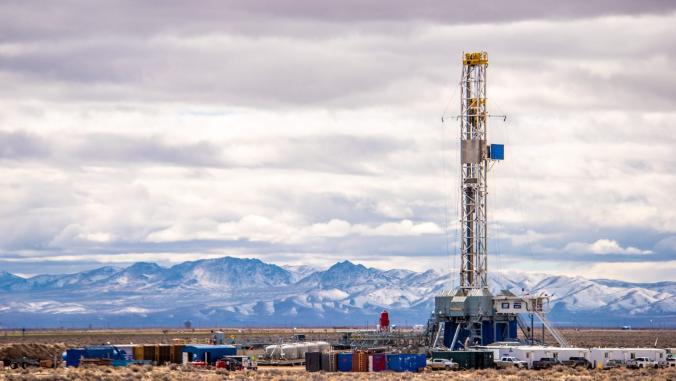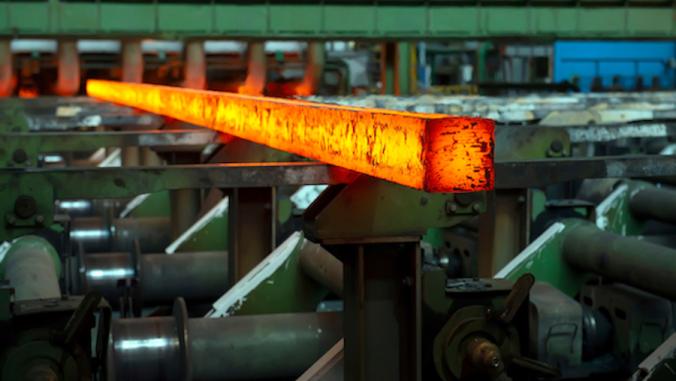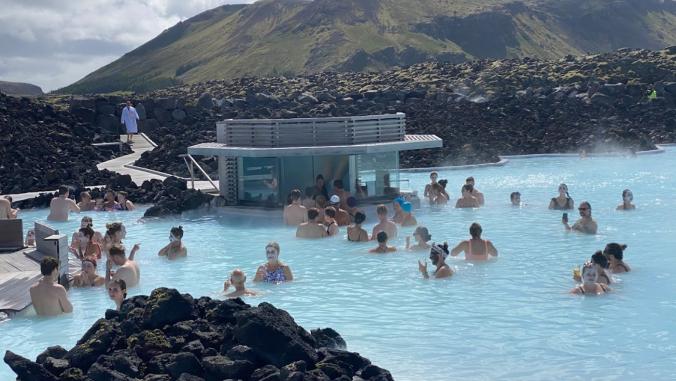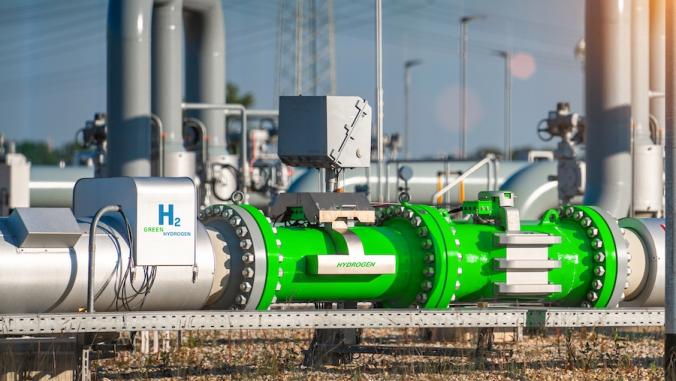The biggest resource we don't use: Q&A with Amory Lovins, energy innovator
The legendary clean energy advisor to the VERGE conference talks accelerations and transitions.
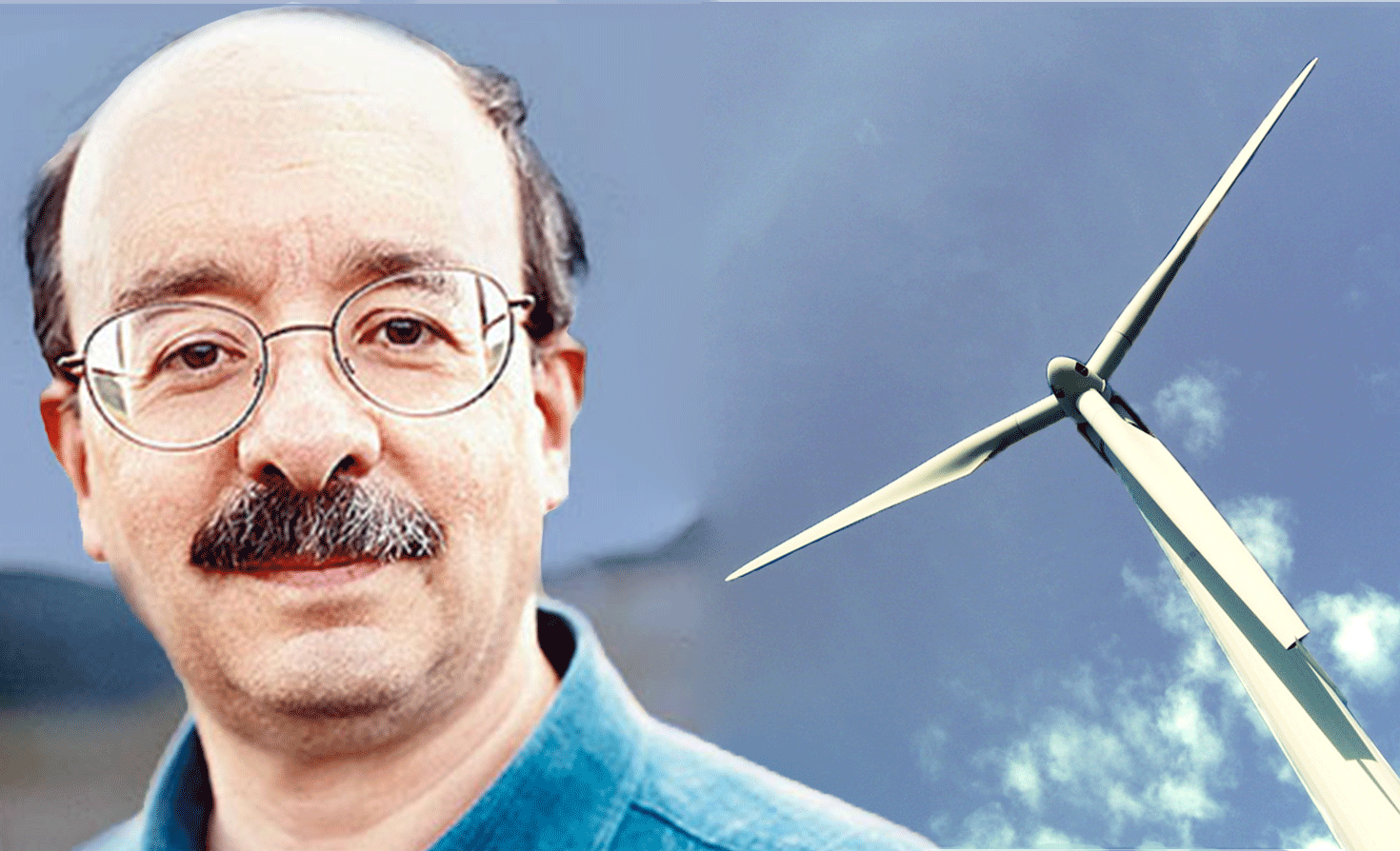
This interview was adapted from GreenBiz's newsletter Energy Weekly, running Thursdays.
Even if you’ve never heard the name Amory Lovins, you’re likely familiar with his influence.
In addition to being co-founder and chief scientist of Rocky Mountain Institute, Lovins serves as energy advisor to major firms and governments across the world. He has authored dozens of books and hundreds of papers, won tons of prestigious awards and received 12 honorary doctorates. His book "Reinventing Fire" was required reading for energy nerds circa 2011 (you can see his TED talk from that timeframe here) — and closely matches how the energy system has evolved since then.
As clean energy innovations converge and launch us into a period of rapid transformation, I am grateful to count Lovins as an advisor to VERGE Energy. Lovins is among the world’s leading experts in energy and integrated thinking. His expertise is the type of big-picture understanding we need to accelerate and optimize the energy transition already underway.
I was able to connect with Lovins by phone this week to discuss VERGE 19, scheduled for Oct. 22-24 in Oakland, California. Below is an excerpt of that conversation.
Sarah Golden: What are you most excited about right now?
Amory Lovins: Integrative design for radical end-use efficiency, in electricity and all other forms, and all sectors. People are starting to realize that this actually works for passive buildings, but most of them don’t realize you can do the same trick in industry and vehicles.
Integrative design is very important. Basically, it means that the energy efficiency potential is several-fold bigger and cheaper than had been thought, and often exhibits increasing returns, just like renewables. That is, the more you buy, the cheaper it gets, so you buy more, so it gets cheaper. So to have that potential on the demand side as well is like the other shoe dropping in the energy transformation.The energy efficiency potential is several-fold bigger and cheaper than had been thought, and often exhibits increasing returns, just like renewables.
Note: Amory has written about this concept in his paper titled "How Big Is the Energy Efficiency Resource?"
Golden: What isn’t getting talked about enough?
Lovins: Biomimicry, innovation inspired by nature, is one of the great design revolutions going on. Asknature.org and the other tools that author and consultant Janine Benyus created for biomimetic design seem to be extremely important and need to be talked about much more.
Golden: What are the major barriers to the transition towards a clean energy economy and decarbonizing?
Lovins: Underemphasis on efficient use. Since ’75, the cumulative energy saved by reduced intensity is 30 times the cumulative extra supply from doubling renewable output. But renewables get all the headlines because they’re visible. Energy is invisible, and the energy you don’t use is almost unimaginable.
The biggest energy resource in the world, the one that’s bigger than oil, is efficient use — but it gets no respect and almost no attention. It’s quite astonishing to me that most of the conversations, especially in this country, about decarbonization are 99 percent on the supply side, and almost all that electricity, whereas something like two-thirds or more of the action is on the demand side.
Golden: How can we conquer that barrier?
Lovins: It’s simple and unsatisfactory to say, just pay attention. There are some opinion leaders who could help with this by giving more attention to what’s happening in efficiency and realizing that it’s not static, it’s highly dynamic, and the innovations are not only in technology but at least equally in design, business models and finance.
I don’t see a coherent message emerging about the relative importance of efficiency and renewables. Obviously, we need both of them and they reinforce each other, but I think a casual observer might come away thinking that practically all the action is on the supply side, and it’s not.There are some opinion leaders who could help with this by giving more attention to what’s happening in efficiency and realizing that it’s not static, it’s highly dynamic.
Golden: What’s keeping you up at night?
Lovins: The need to spread faster an attitude I call "applied hope."
Note: Applied hope, as Lovins captured in his commencement remarks (PDF) for UC Berkeley’s Natural Science School in 2011, is a deliberate choice of heart and head: "We work to make the world better, not from some airy theoretical hope, but in the pragmatic and grounded conviction that starting with hope and acting out of hope can cultivate a different kind of world worth being hopeful about, reinforcing itself in a virtuous spiral. Applied hope is not about some vague, far-off future but is expressed and created moment by moment through our choices."

